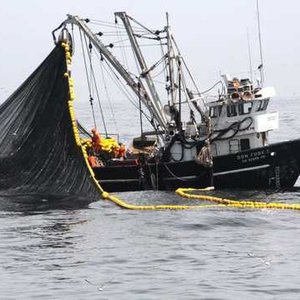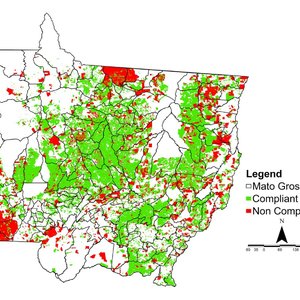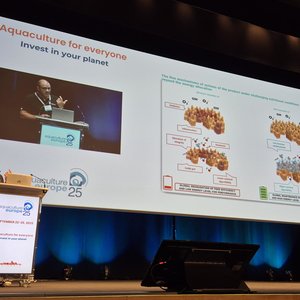The survey estimates total international feed tonnage at 995.5 million metric tonnes, a 1.5 percent increase over last year and a 14 per cent increase since Alltech first published Global Feed Survey results in 2011.
However, figures for the aquaculture feed industry showed sales falling to 35.47 million metric tonnes, which Alltech attributed to a decline in sales to China, the largest aquaculture producer in the world, increasingly efficient farming practices, and more accurate data collection. Looking at the longer term, however, aquaculture feed sales have risen by 19% over 5 years.
Alltech’s analysis of five-year trends showed growth predominantly from the pig, poultry and aqua feed sectors and intensification of production in the African, Middle Eastern, Latin American and European regions.
“The feed industry is an excellent barometer of economic health and, based on our five years of data, predicts economic growth more accurately than many other indices,” said Aidan Connolly, chief innovation officer of Alltech, who headed up the initiative to conduct the survey.
The survey assessed the compound feed production from more than 130 countries through information obtained in partnership with local feed associations and Alltech’s sales team, who visit more than 32,000 feed mills annually.
The 2016 survey showed poultry feed as the market leader, with a 46 percent share of total global feed production. This year’s survey also confirmed that corn and soybean meal are the standard feed ingredients globally.
The top 10 feed producers in the world remained as China, the United States, Brazil, Mexico, India, Spain, Russia, Germany, Japan and France. As a region, Europe saw the most growth, up 13 million tonnes over last year, with the largest contributions coming from Russia, Turkey, Belarus and Poland.
China retains the leading feed producer, with 179.930 million tonnes manufactured throughout the country’s 8,550 feed mills, hut production there was down by 2 percent. This is the third year that China has reported a consolidation of its feed production into a smaller number of mills.
The number of feed mills in the United States and Brazil, the second and third largest markets, also declined. The US produced 172.730 million metric tonnes from 6,012 feed mills (6,718 mills in 2014) and Brazil manufactured 68.7 million metric tonnes from 1,556 feed mills (1,698 mills in 2014).
According to Connolly, the consolidation of feed production into fewer mills is driven by many factors. “The Chinese, in particular, see a benefit of having fewer feed mills—lower cost, more efficient and easier to control from the perspective of traceability and food safety,” he said.
“Having met with groups such as the United Nations Food & Agriculture Organization (FAO) in Rome and the International Feed Industry Federation (IFIF), Alltech appreciates how difficult it is to collect and collate this data, but also how valuable it is on our journey to feed a planet with more than 9 billion people by 2050,” Connolly said. “With five years of work behind it, this is the most robust and reliable dataset on the sector available today.”
The full survey can be downloaded here.










